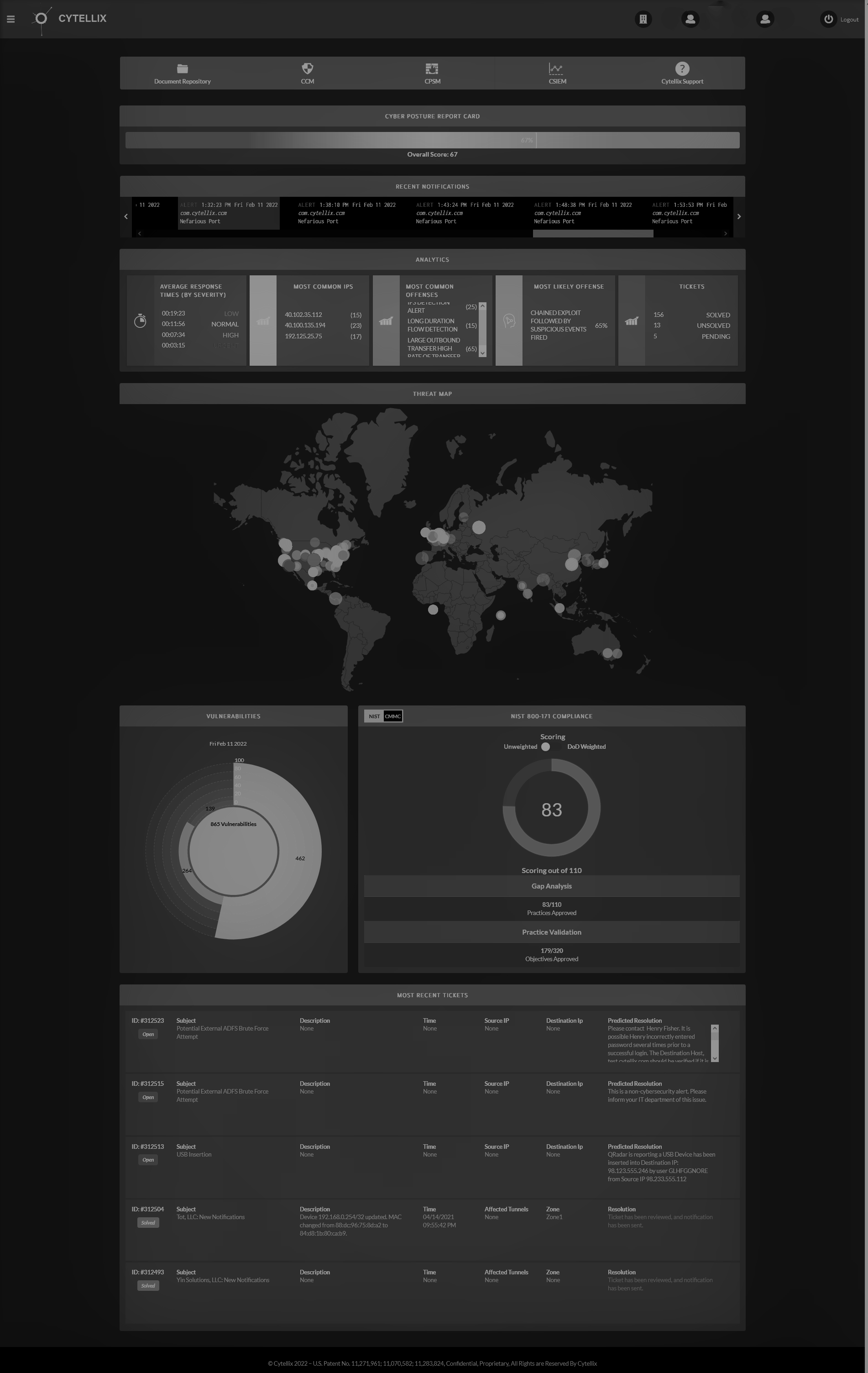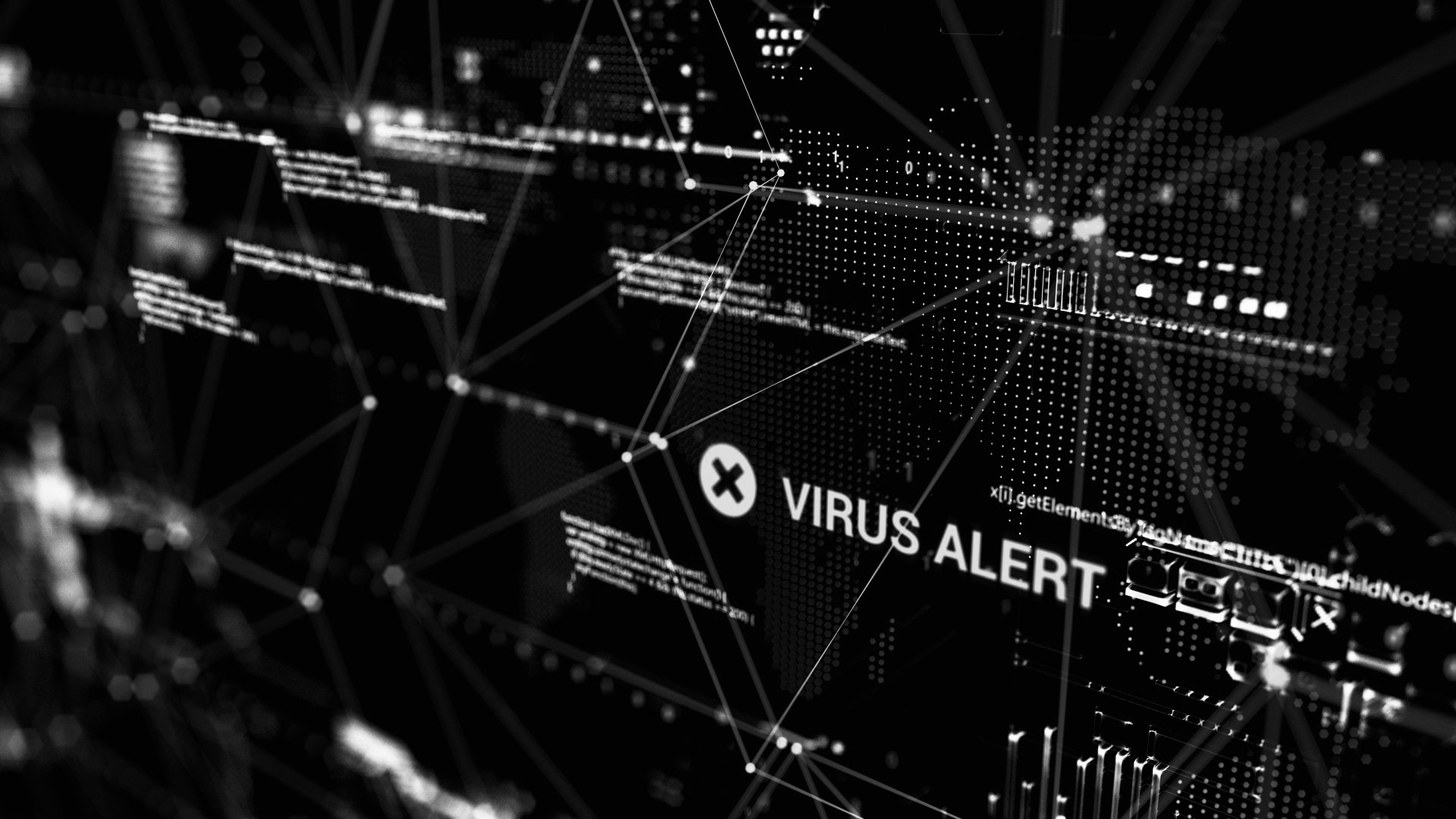Cyber Hygiene for the New Year

Looking back at 2017 and ahead at 2018, it became clear to me that all the great advice for cyber preparedness is not reaching the small and medium businesses. The questions below were asked of me last week in a presentation in Southern Washington, which prompted me to publish this guidance. Basic hygiene below and a narrative on patching is also included for some holiday reading.
What do I do to protect myself?
1. Have your business cyber assessed
2. Change all your passwords to be unique, do not repeat the same password.
3. Use complex passwords or a password generator
4. Set up monitoring and alerts of banking accounts for money movement
5. Run modern device anti-virus/anti-malware products on all owned devices
6. Make sure you have you don’t have firewall settings at default and use a next generation firewall.
7. Make sure all connected devices are protected and not set to default, segment your data away from IoT devices.
8. Learn about phishing and ransomware best practices
9. Don't surf unknown web sites
10. If mail looks suspicious or your questioning authenticity- investigate
Patching narrative
The issue of deployment of patches or updates by companies is the biggest concern given the public awareness of these broad based cyber/malware attacks. Over the past couple months, the attacks have been based upon the gaps in the “patching” of software or device vulnerabilities. These attackers develop their attacks to automatically detect and exploit these unpatched software or systems that are not updated with the current patch level as the basis for the attack and entrance to a company.
When a device manufacturer such as a network switch, firewall or router is identified as “end of life” EOL, then it either has a technological market disadvantage or a technical flaw that renders the device vulnerable in certain situations. The manufacturer does two things very well: One, they market the advantages of the next new device with all the capabilities and features that are compelling to “buy” or “upgrade”. Secondly, they publicly identify the flaws and gaps and or vulnerabilities with the strongly urged recommendation to upgrade to the new product to occur. This is normal course of business and does provide full disclosure to their customers.
The other side of this coin, is the same publicly known data used to communicate gaps and flaws is used to create distributed attacks on targeted devices. Once a flaw is known, the hacker communities are also aware and start their targeted attacks to enter an organization through the identified flaws. Yes, we are doing a great job telling the hacker communities how to hack. Call it the unintentional, borderline intentional published hack advisory!
Software patches are similar in respect but much more frequent. Microsoft, Google, WordPress, Apple, Adobe as examples typically call the patches security updates or security bulletins. Many of the updates are categorized as Critical, Important or Moderate. They also identify the issue either part of the native vendor products or vulnerabilities in 3rd party applications used by the native applications that can compromise the OEM publisher’s products. The OEM publishers have a significant role to play and this is not trivial work. To be fair, the OEM’s are not intentionally building vulnerable products, they find vulnerabilities over-time in either their native code or 3rd party licensed code and as a system require an update or patch. In addition, each patch update could in theory also inject new unknown flaws, fix one and then start another.
Why don’t companies patch? Process and procedures say wait? Resources are unavailable? Other projects have priorities? Will the patch break proprietary software/systems that run the business? Knowledge of all available patches? Frequency of patches? Likely some or all of these apply to someone you know. Is it worth it? Given what we know about the magnitude of the impact of these recent attacks, why are you waiting to patch?
Proper cyber hygiene could save your company and job!












